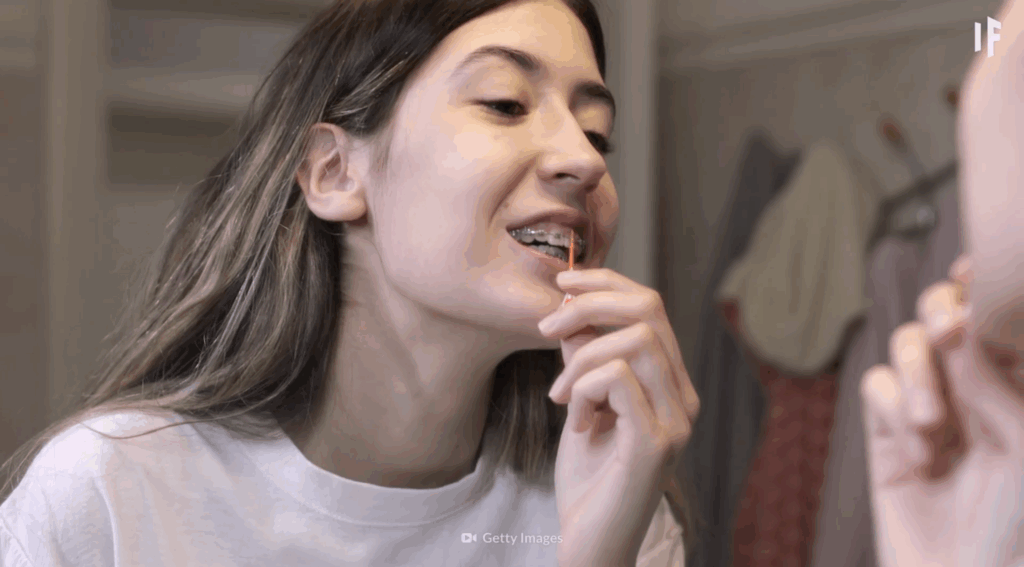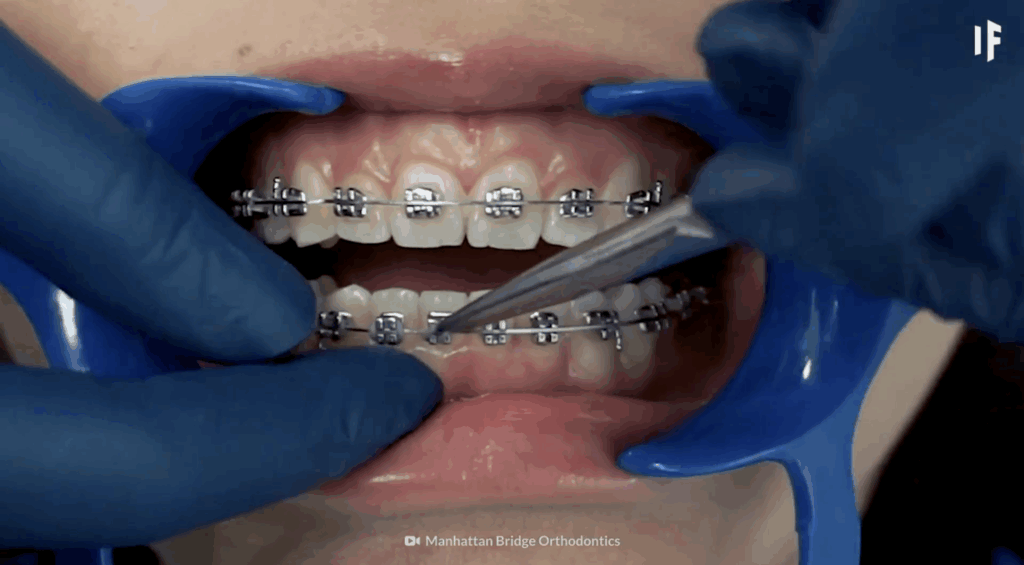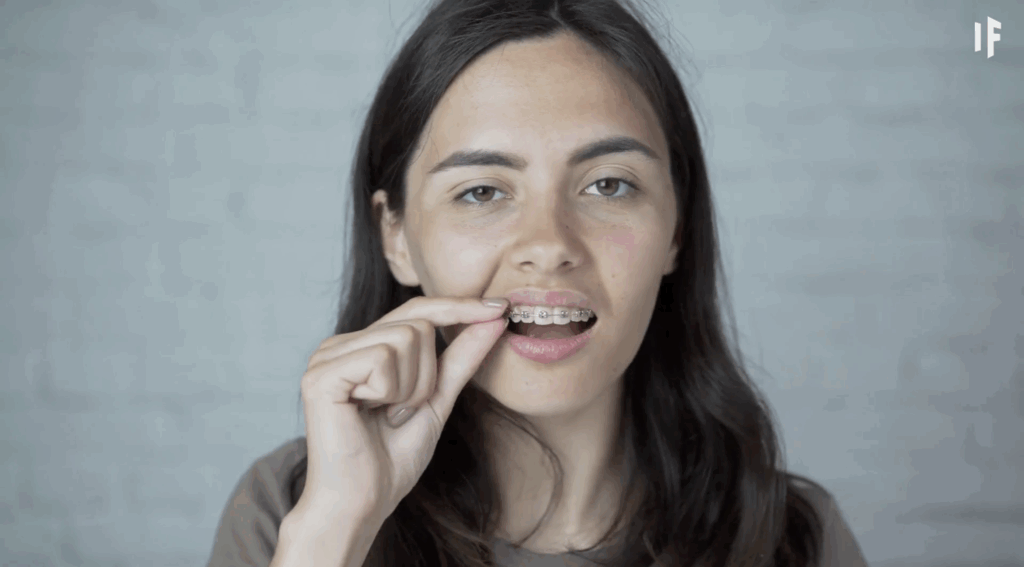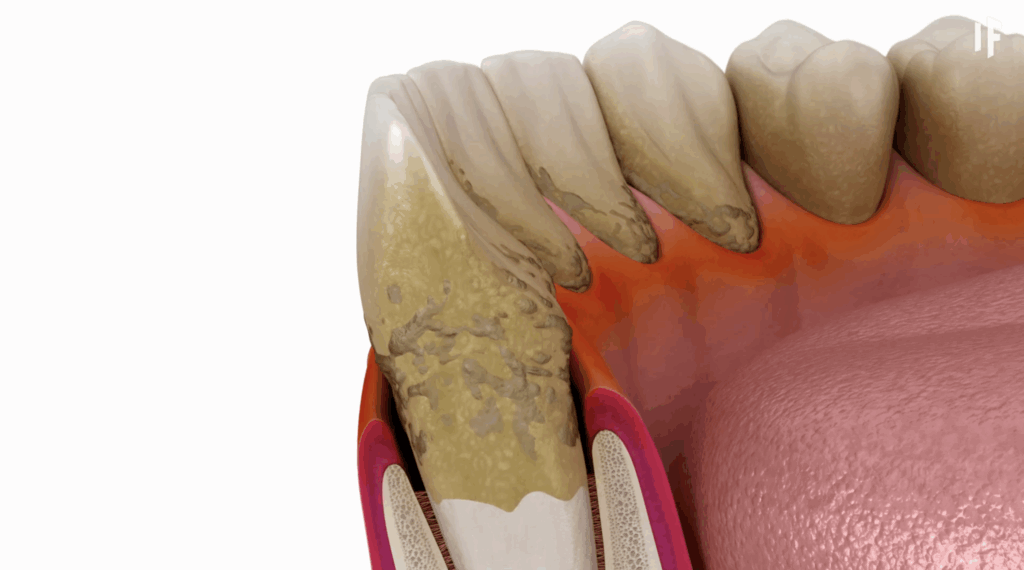Braces are meant to be temporary. They are designed to gently realign your teeth over the course of one to three years before being removed. But what if you chose to keep them on, for life? While the idea might seem like a quirky dental experiment, the results would be anything but pretty. From misalignment to jaw damage, here is what could happen if you never took off your braces, explained over time.
What starts as a tool for straightening teeth could eventually cause more harm than good. Over the years, constant pressure and buildup of bacteria could lead to serious dental problems that far outweigh the benefits.
Day One
Leaving the orthodontist’s office with your braces still on, everything would feel normal. After all, this was your reality for the past couple of years. The brackets would still be snug against your teeth, and you might even feel proud of your decision to keep them permanently. No problems, yet.
But over time, your teeth no longer need the same pressure, and the constant force can start to cause damage. What once felt familiar and harmless could slowly turn into a long-term risk for your dental health.

Week One
One week in, you might start to feel occasional discomfort. Braces are designed to move teeth gradually, and without periodic adjustments from your orthodontist, the pressure could start shifting in harmful ways. Your teeth were meant to be brace-free by now, and without a plan in place, misalignment could begin once again.
Tiny movements that once improved your bite could now push teeth in the wrong direction. What was once corrective pressure could soon become destructive, slowly undoing years of progress.

One Month
After several weeks, the side effects of wearing permanent braces would become more noticeable. Without regular adjustments, the braces would pull your teeth unevenly, undoing years of careful correction. Your once perfect smile would start to distort. Misaligned pressure could also begin causing pain in your jaw and gums.
Chewing might become uncomfortable, and you could develop headaches from the strain. What began as a stable alignment would slowly unravel into a painful and visibly crooked mess.

One Year
Twelve months later, your oral health would be in serious decline. Braces make it more difficult to clean teeth properly, so plaque would build up in hard-to-reach spots. This could lead to cavities, gum disease, and even root damage.
In some cases, the roots of your teeth might begin to dissolve due to prolonged, uneven force, causing your teeth to loosen or fall out entirely. On top of that, the metal in your braces could start to corrode, leaching harmful materials into your mouth.

Ten Years
After a full decade, your dental situation would be nothing short of disastrous. Constant, unmanaged pressure from the braces would damage your jaw and bones. Gum disease would likely become chronic.
You might suffer from jawbone deterioration and recurring infections. You would probably have lost multiple teeth by this point, with the remaining ones held together by rusting braces. The metal would corrode, irritate soft tissue, and act as a trap for bacteria, turning your mouth into a breeding ground for severe oral health issues.

Fifty Years
Half a century later, the braces would be the only thing keeping what little remains of your teeth from falling apart. Your jaw may have permanently changed shape from years of unnatural pressure. Speaking and eating would be difficult, if not painful.

Oral surgery might be your only option, but the damage would be extensive and irreversible. Bone loss, nerve damage, and severe gum recession could leave your mouth barely functional. At this point, what began as a tool for improvement would have become a lifelong source of pain and decay.

















